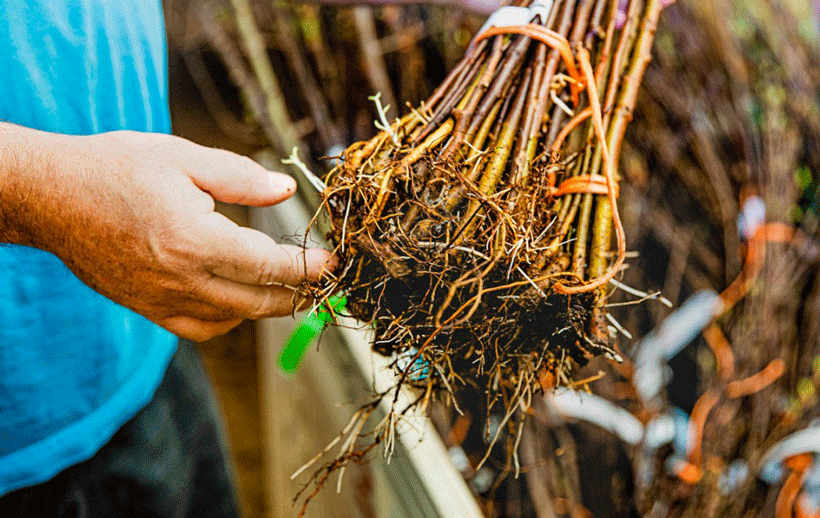Those with orchards know apple trees need a certain period of cold, known as winter dormancy, to grow and produce properly. However, exactly how cold the trees need it to be and for how long can vary by variety, and depends on their scions and rootstocks.
Testing the cold hardiness of apple scions and rootstocks is a team from Cornell University made up of Kenneth Buck, Hanna Martens and Jason Londo. The Londo Lab they collaborate in “focuses on understanding the interaction between climate stresses and genetic diversity in fruit crops, manifested as physiological optimization and adaptation.”
Buck presented the findings from four years of research (November 2021 – March 2022 in Year 1, November – April in Years 2 – 4, 2022 – 2025) at the recent American Society for Horticultural Science conference. The team noted certain cultivars are generally accepted to be cold hardy (or tender), but a large scale, multi-year study such as this one, comparing 17 different rootstocks, had yet to be undertaken.
Geneva® apple rootstocks come from the joint Cornell University and USDA-Agricultural Research Service Apple Rootstock Breeding & Evaluation Program to develop new rootstock cultivars with an emphasis on productivity, yield efficiency, ease of nursery propagation, fire blight resistance, tolerance to extreme temperatures, resistance to the soil pathogens of the sub-temperate regions of the U.S. and tolerance to apple replant disorder. The study was hosted at the New York State Agricultural Experiment Station in Geneva, NY. (Growers can see a quick comparison of current cultivars being tested at tinyurl.com/GenevaApples.)
Cold hardiness was measured using the electrolyte leakage method (which measures plant cell death) and the temperature at which 25% tissue damage occurred. They tested one-inch pieces of one-year-old stock from 4º to -50º C (39.2º to -58º F).
Three non-Geneva rootstocks were included: M.9 – the current commercial standard; B.9; and Ottawa 3. The other 14 were Geneva cultivars: G.11, G.41, G.87, G.202, G.210, G.213, G.214, G.222, G.257, G.484, G.890, G.935 and G.969. The five scion cultivars were Honeycrisp, Evercrisp, Gala, Empire and SnapDragon.

A rootstock developed in the Geneva program. Photo by Allison Usavage
Winter temperatures in Year 1 were more in line with historical averages, Buck reported, but the next three winters were “more indicative of a changing climate,” with overall higher winter temperatures and varying in intensity. Rootstocks tend to be more responsive than scions to fluctuations in temperature.
The cold hardiness of the rootstocks was compared to M.9, which is considered the “weakest.” The team found G.222 and G.257 were the hardiest, with G.814 also performing well. There were “a couple of duds” too, which were more cold tender than the standard – G.202, G.969 and G.11.
An issue the Cornell researchers had was figuring out how to quantify this hardiness for mild winters vs. more severe ones. In considering overall winter resilience, they found that cultivars M.9, G.210, G.214 and Ottawa 3 don’t perform as well in mild winters.
“We tend to focus on ‘What was the coldest?’ but the lead-up to that tends to get ignored,” Buck said. “It’s usually warm and then there’s a huge dip. We want cultivars that don’t get ‘lazy’ in winters that aren’t as cold.”
Growers will also want to look at cultivars that can handle those temperature swings coming out of winter. Rootstocks appear to deacclimate – preparing to resume active growth as daylight periods lengthen and temperatures rise – more quickly than scions in spring, which may affect their vulnerability to large temperature swings in the dormant season.
While definitely not the final word on which dwarfing apple varieties are “the best,” this study did help determine which ones are better suited for unusual but increasingly common winter conditions. Selecting rootstocks that accrue high levels of hardiness – even in mild winters – is crucial in avoiding winterkill.
by Courtney Llewellyn

